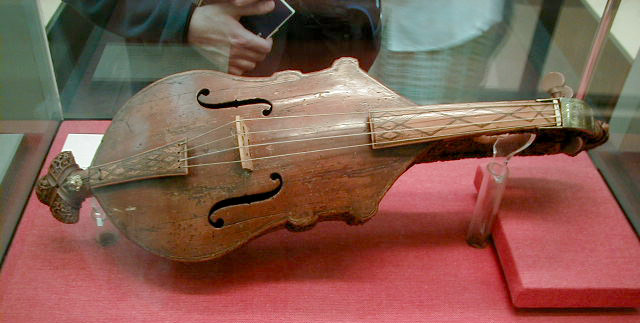History of the violin: A story that tugs at the heartstring of world music

In the 16th and 17th century, violins were in vogue. A fresco from the 14th century depicts a vielle. This was the first string instrument, along with rabab and rebec. The story of the violin is a musical journey of growth and enrichment for all music lovers. naa songs
It is important to know the history of each musical instrument in order to build a strong relationship with it. The evolution of the violin can be a motivator and a guide for beginners.
A Word or two about String Instruments
The shapes of string instruments ranged from simple, circular to elegantly shaped violins to those that are pear-shaped. There was also a wide variety in the number and types of strings available. These instruments have been an excellent accompaniment to folk singers all over the globe. Because some of these instruments were small, the singers could simply carry them around and sing along. Some of the more complex variants required a more stable sitting or standing position.
Depending on the size and number of string instruments, the music and pitch would differ. These instruments are still used in folk songs, but the evolution and popularity of the violin made it a part classical music by the 16th century. A fiddle is the same instrument used to play folk songs.
Early Days of Violin Making
The violin as we know it today is thought to have been invented in the beginning of 16th century Italy. The violin was made from maple and spruce, and began its journey in Brescia. It was then taken up by Cremona’s luthiers.
The Amati family would place Cremona as the center of violin-making in the entire 16th century.
The history of violin began with Antonio Stradivari, who in the second half of 17 century would be the greatest luthier to introduce acoustic instruments. His skill and precision are still highly regarded today.
Violin – Initiation To Classical Music
Amati crafted a set of violins that made their debut in French Royal Ensemble, 1560s. They were commissioned by the French queen regent to make some string instruments. The violin was thus elevated to the ‘classe abbitieuse’, leaving behind its stringed counterparts which still played folk music. Telugu Songs 2023
The French Royal court was not the only place where the melodies of violin were heard. From the 17th century to the mid-19th century, renowned musicians and music composers like Claudio Monteverdi and Antonio Vivaldi used the violin extensively in their orchestra.
Refinement and Innovation
The evolution of the violin continued at the end 18th century, in 1786. With the significant contribution Francois Tourte (French bow maker), the bow’s length and weight were standardized.
In the early 19th century, the chin rest was invented to make it easier for violin players to hold the instrument. The instrument’s versatility increased as violinists became more familiar with it. The violin’s sound can be improved by tilting and elongating the neck, the fingerboard, and increasing the weight and mass of the bass bar.
The violin was a sophisticated string instrument capable of touching every emotion and mood by the end the 19th century. The title of concertmaster of an orchestra was bestowed upon the violinist who is right behind the conductor.
An amplifier similar to the gramophones, was also used to increase the volume around the same period or at the beginning of 20th century. Recording studios used violins with trumpet-like bells.
The birth of the Electronic Violin
The advent of the electric violin is a notable moment in Violinhistory. Stuff Smith, a jazz musician, popularized electric amplified violins in 1920. In the 1930s and 1940s, electronic violins were becoming more popular.
In 1938, the first electronic violin was created. It was hollow and resembled the shape of a violin’s acoustic frame. It was a huge hit with jazz, rock and fusion musicians. Later, several violins were made with different shapes to suit the needs of modern musicians and violinists.
The electro-acoustic instrument, which features seven strings, is the latest innovation. It is compatible with modern sound technologies such as equalizers, sound effects pedals, and other sound technology. To match contemporary music’s tempo, electric amplifiers and magnetic pickups were also added. This instrument was designed to be used in live performances as well as in recording studios.
The electric violin was a popular choice for new-age musicians, as it was able to blend genres such as Metal, Country Music and Jazz with Blues, Jazz, Blues, Classic Pops and Fusion. The result was a steady increase in electric violin production by the end 20th century.
Folk metal band Korpiklaani and other well-known musical acts such as Yellowcard, Zox and Doctor of Madness all used electric violins in their music.
Gradually electric violins were also being picked up by classical musicians. Emily Autumn, a popular violinist who used electric versions in her concerts, is an example.
Conclusion
Musicians, musicians, and music fans continue to be enchanted by a journey that began in the Renaissance. For almost a century and half, people have put much thought, effort and motivation into making sure that the sound of the violin can express every emotion.
Electric violins can be used for both classical and contemporary music. These are recommended for online lessons. Traditional wooden violins will be kept in the collector’s collection. The melodies… they do their best job – they fill the air with pure joy.





